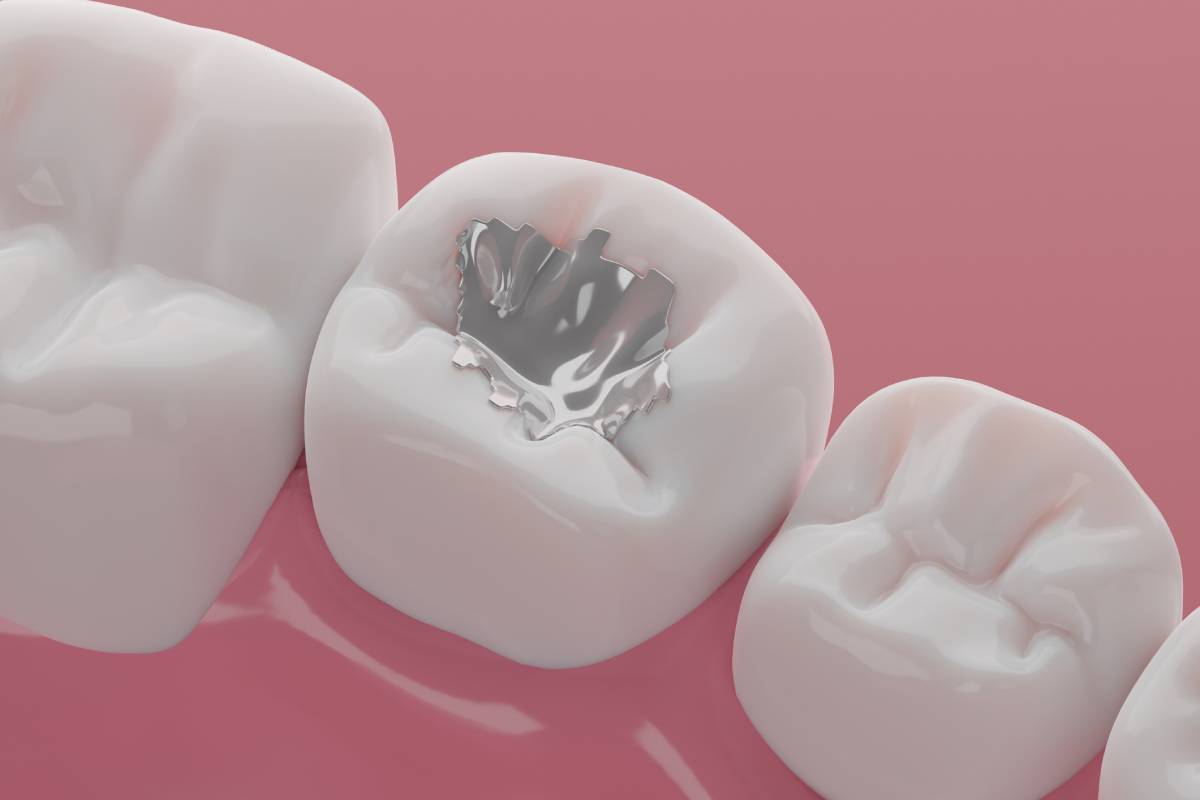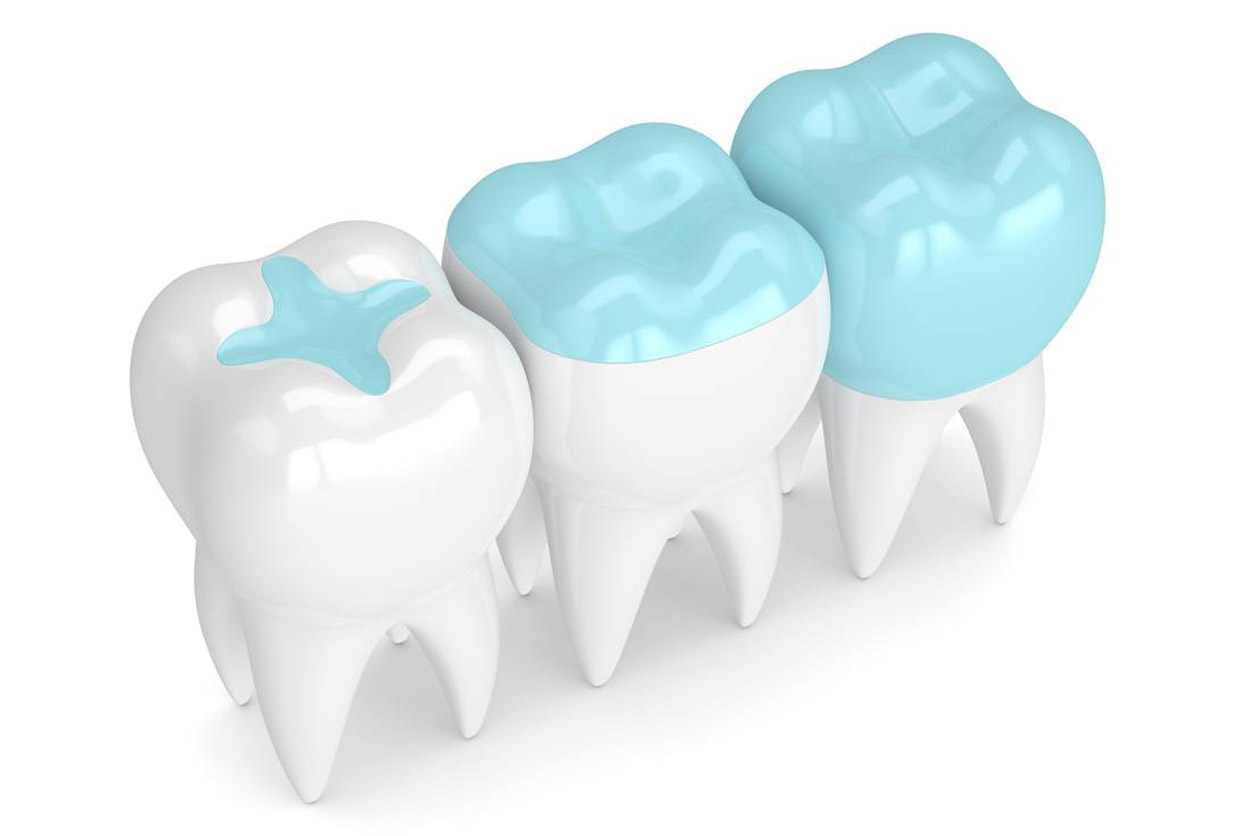Do Dental Fillings Hurt?
Most of us will have to get dental fillings at some point in our lives. In fact, it is one of the most common procedures routinely performed in each dental office. But do dental fillings hurt? Read our article to find the answer to this question and learn what happens during the dental filling procedure. Do Dental Fillings Hurt? A dental filling is one of the least invasive tooth restoration procedures. Although it involves cleaning the cavity area with a drill, it typically does not affect the inner chambers or roots of the tooth like root canal therapy does. In most cases, getting a dental filling does not hurt … Read more


